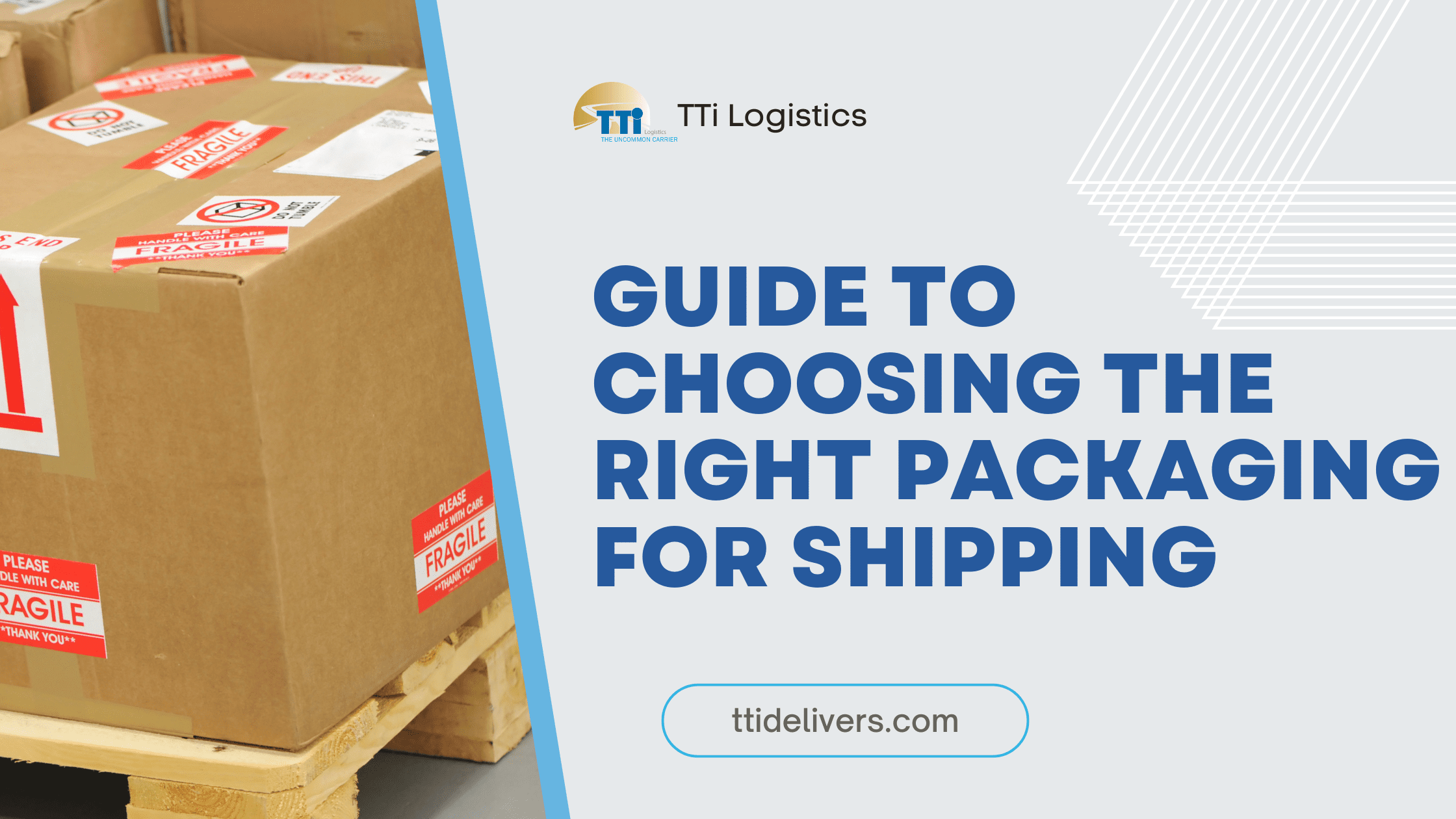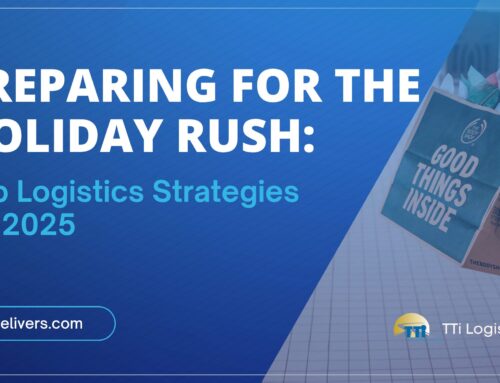Balancing Cost and Sustainability in Packaging Choices
As e-commerce continues to thrive, the significance of effective packaging for shipping has never been more pronounced. The right packaging not only protects your products during transit but also enhances customer satisfaction and reflects your brand’s values. In this guide, we will explore essential considerations for selecting shipping packaging, focusing on protection, cost, and environmental impact, while also highlighting best practices and sustainable packaging solutions.
Understanding the Importance of Packaging for Shipping
Packaging serves multiple critical functions in the shipping process. It protects products from damage, ensures they arrive in pristine condition, and provides vital information to customers and delivery personnel. Furthermore, well-designed packaging can improve your brand’s visibility and create a positive unboxing experience that enhances customer loyalty.
Key Functions of Shipping Packaging:
Protection
The primary role of packaging is to protect the contents from physical damage, moisture, and other environmental factors during transportation.
- Physical Protection: It is essential to choose materials that can withstand impact, vibrations, and pressure. Consider how the package will be handled during shipping—will it be stacked, tossed, or exposed to different weather conditions?
- Moisture Resistance: Depending on your product, consider packaging that can resist moisture to prevent damage during transit. Using waterproof materials or including moisture-absorbing packets can safeguard sensitive items.
Branding
Packaging provides an opportunity to showcase your brand’s identity and values. Custom designs and materials can enhance brand recognition.
- Design Elements: Incorporate your brand colors, logos, and unique designs to make your packaging memorable. This visual identity reinforces brand loyalty and can even encourage customers to share their unboxing experience on social media.
- Storytelling: Use packaging to tell your brand’s story. Incorporating messages about your values—like sustainability or craftsmanship—can resonate with consumers and set you apart from competitors.
Information Delivery
Packaging can convey important information about the product, including usage instructions, safety warnings, and return policies.
- Clear Instructions: Ensure that all necessary information is easily visible and legible. Using icons or symbols can help communicate important details quickly.
- Return Policies: Including return instructions within the packaging can streamline the process for customers, making them more likely to shop with you again.
Sustainability
As consumers become more environmentally conscious, the choice of packaging materials can influence purchasing decisions. Sustainable packaging solutions are increasingly favored.
- Eco-Friendly Materials: Consider biodegradable, recyclable, or compostable materials that minimize environmental impact. Transitioning to sustainable packaging can improve your brand’s reputation and appeal to eco-conscious consumers.
- Minimalist Design: Reducing excess packaging not only lowers packing costs but also appeals to customers who value sustainability. Opt for simple designs that use fewer resources without compromising protection.
Factors to Consider When Choosing Packaging for Shipping
Selecting the right packaging requires careful consideration of various factors. Here are some key elements to keep in mind:
1. Product Protection
Ensuring that your products arrive undamaged is paramount. Consider the following:
Material Selection
Choose packaging materials that can withstand the rigors of shipping. Common options include:
- Cardboard: Lightweight and sturdy, ideal for boxes. Double-walled cardboard can provide extra strength for heavier items.
- Bubble Wrap: Provides cushioning for fragile items. Different bubble sizes offer varying levels of protection—larger bubbles are better for more delicate items.
- Foam Inserts: Offers additional protection for delicate products. Custom foam inserts can be designed to fit the shape of your product, providing maximum stability during transit.
Size and Fit
Use packaging that fits your products snugly to prevent movement during transit. Oversized packaging can lead to shifting, increasing the risk of damage.
- Custom Packaging Solutions: Consider custom box sizes or designs that match your product dimensions to minimize excess space and material waste.
- Test Shipping: Conduct test shipments to assess the effectiveness of your packaging in protecting products. This trial-and-error process can reveal potential weaknesses in your packaging strategy.
Weight Considerations
Lighter packaging reduces shipping costs. However, it is crucial to balance weight with protection; too lightweight packaging may not provide adequate safety.
- Material Innovations: Explore new lightweight materials that offer strong protection without adding extra weight, such as corrugated plastic or eco-friendly alternatives.
2. Cost-Effectiveness
While choosing the right packaging is vital for protection and branding, it’s also essential to consider the costs involved. Here’s how to approach this:
Budget Constraints
Determine a budget for your packaging and stick to it. Consider both upfront costs and long-term savings, as investing in durable packaging can reduce damage rates and return costs.
- Bulk Purchasing: Buying packaging materials in bulk can lead to significant savings. However, ensure that you accurately forecast your needs to avoid excess inventory.
Shipping Costs
The size and weight of your packaging can directly affect shipping rates. Smaller, lighter packages often incur lower shipping costs.
- Dimensional Weight Pricing: Understand how carriers calculate shipping costs based on dimensional weight. Optimize packaging size to fit within weight categories that minimize shipping expenses.
Return on Investment
Assess how your packaging choices impact your overall business. High-quality packaging can enhance customer satisfaction, potentially leading to repeat business and positive word-of-mouth.
- Customer Satisfaction: Thoughtfully designed packaging creates a positive customer experience, encouraging repeat purchases and loyalty.
- Long-Term Savings: Durable packaging reduces damage rates and return costs, ultimately benefiting your bottom line.
3. Sustainable Packaging Options
As sustainability becomes a growing concern for consumers, incorporating eco-friendly practices into your packaging strategy can differentiate your brand. Here are some sustainable options to consider:
Biodegradable Materials
- Natural Decomposition: Opt for packaging that decomposes naturally, reducing environmental impact. Examples include mushroom packaging, bioplastics, and recycled paper products.
Recyclable Packaging
- Recycling Made Easy: Choose materials that are easily recyclable, such as cardboard and certain plastics. Clearly label recycling instructions to encourage customers to recycle after use.
Reusable Packaging
- Return and Reuse: Implement a packaging return program where customers can return packaging for reuse. This not only reduces waste but also fosters customer loyalty.
Minimal Packaging
- Less is More: Strive for a minimalist approach by reducing excess materials. Consider using a single layer of packaging or multi-functional packaging that serves multiple purposes.
Here are some guidelines to consider:
- Test and Evaluate: Regularly test your packaging materials and methods to assess their effectiveness. Gather feedback from customers regarding their unboxing experience to make improvements.
- Keep it Simple: Avoid overly complicated packaging designs that could confuse customers. Simplicity often leads to a better customer experience.
- Stay Informed: Keep up with the latest packaging trends and innovations. Emerging technologies, such as smart packaging that tracks products in transit, can enhance your logistics operations.
- Educate Your Team: Ensure that all staff involved in packaging and shipping understand the importance of their roles. Proper training can lead to more efficient processes and better outcomes.
- Leverage Technology: Utilize software to optimize packaging choices based on shipping data. Advanced analytics can help you make informed decisions about material selection and sizing.
- Monitor Industry Standards: Stay updated on industry regulations regarding packaging materials and waste management. Compliance with these standards can help avoid legal issues and enhance your brand’s reputation.
Packaging for Success: Protect, Impress, and Sustain
Choosing the right packaging for shipping is a multifaceted process that requires careful consideration of various factors, including product protection, cost, and sustainability. By understanding the importance of packaging, evaluating different materials and options, and implementing best practices, businesses can ensure their products arrive safely while also enhancing brand loyalty and customer satisfaction.
As e-commerce continues to grow, the choices made in packaging will increasingly impact business success. Embracing innovative and sustainable packaging solutions not only meets customer demands but also sets a brand apart in a competitive marketplace. By prioritizing effective packaging for shipping, companies can foster long-term relationships with customers while contributing positively to the environment.







